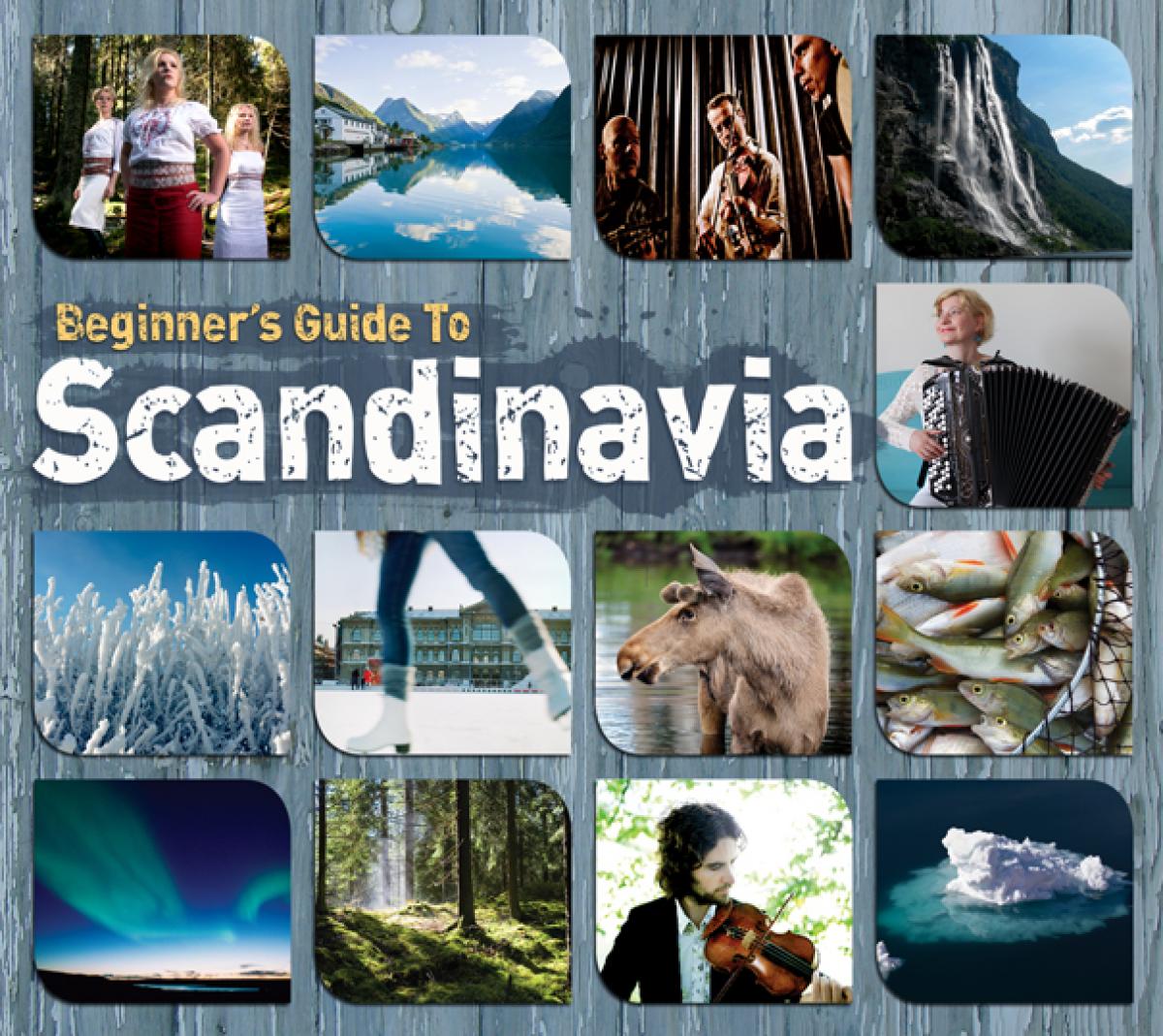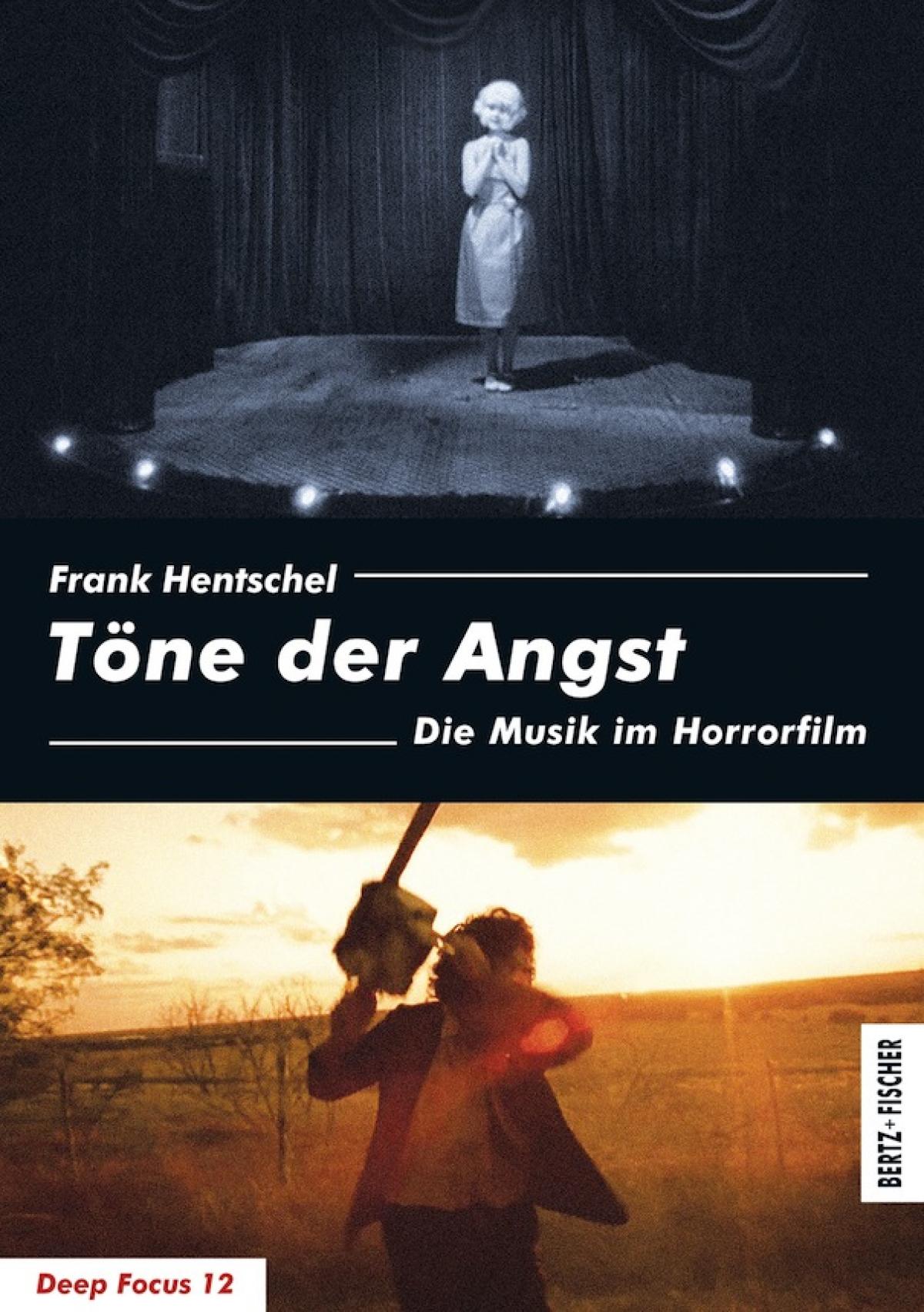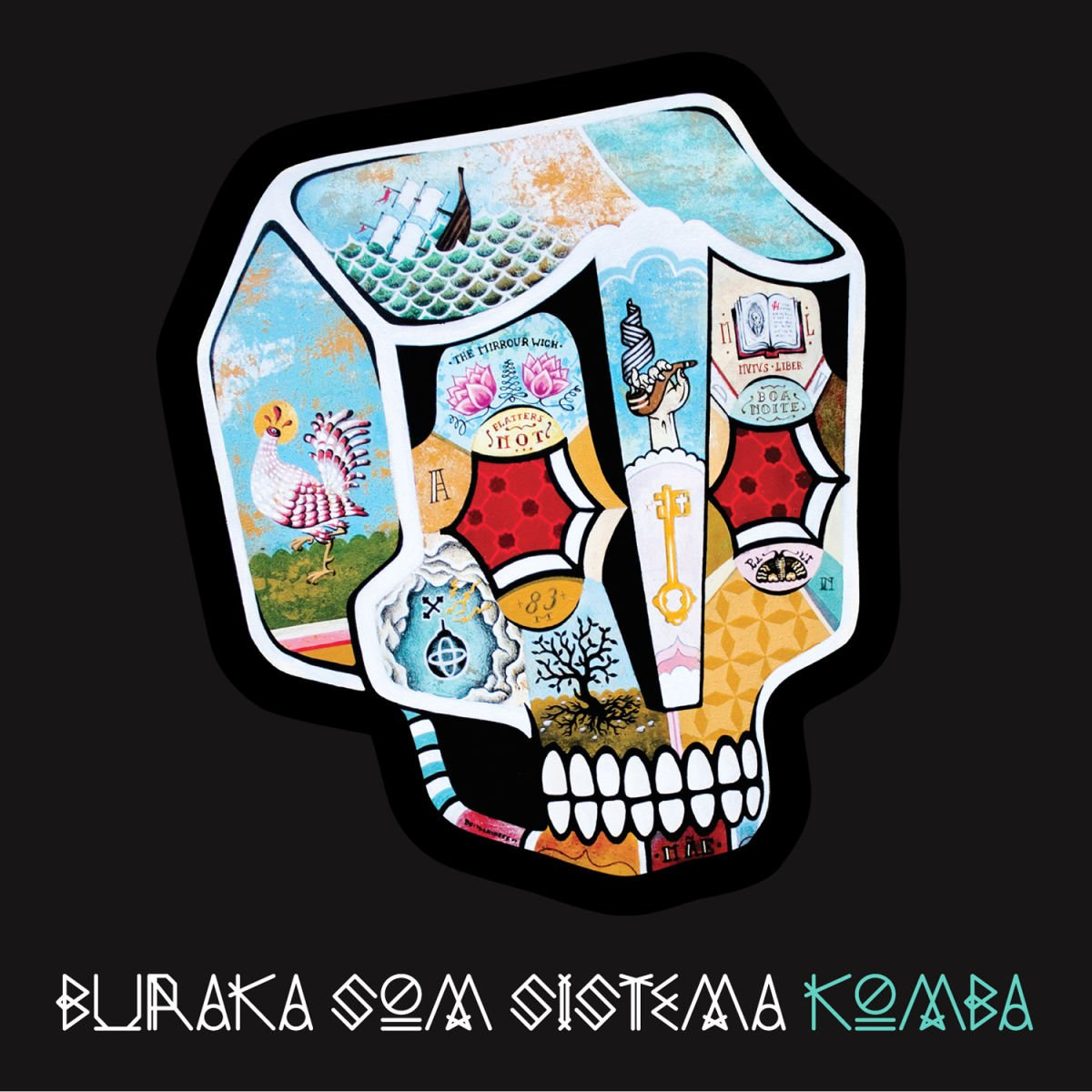
Review: «Beginner's Guide to Scandinavia»
Scandinavia evokes a wide range of connotations. For some these include breathtaking landscapes and a life close to nature, however for others these connotations include high taxes, a nanny state and despite expensive alcohol prices alcohol abuse.
The same can be said about popular music emerging from these countries. While the compilation Beginner’s Guide to Scandinavia broadens the term Scandinavia (normally defined as Norway, Sweden and Denmark) to also include Finland, Iceland, the Faroe Islands and Greenland – commonly referred to as the Nordic countries – it’s musical approach is to highlight the musical similarities across the nation-state boundaries more than focusing on the musical diversity present. The artists included on this three disc compilation are to a large extent established and well-known within their respective genres and the album compilator Tatiana Rucinska provides a well-balanced geographical and linguistic mix in the selection of tracks.
The first CD Pop & Contemporary focuses on popular music drawing primarily on acoustic instruments and minimalistic sound. The compilation succeeds in providing a broad range of languages and geographical variability (including Sami in Niko Valkeapää’s «Birrat Birra» – my personal favorite). While presenting a homogenous sound and song design this is done at the expense of the more noisy genres of rock, dark and death metal as well as for dansbands-music for which Scandinavia is also known and associated with and which are absent from the compilation. Considering the role groups like Röyksopp and Ralph Myerz and the Jack Herren Band have played internationally electronica is also notably underrepresented.
This focus on musical homogeniety can also be heard on the second CD called Folk & Roots where the musical similarities are again accented (influences from traditional music, use of acoustic instruments, percussion). Despite the name Folk & Roots these tracks are contemporary interpretations of traditional music. Especially Norwegian traditional music currently consists of a young generation of good musicians who have reinvigorated Norwegian traditional music without including elements from popular music and it would have been nice to have heard some examples. Here other recordings by already featured artists would have been more fitting – e.g. from Unni Løvlid’s album Rusk and from Sigrid Moldestad’s album Spindel.
The third disc Jazz, Experimental & Atmospheres is the musically most diverse of the three CDs. The main focus is on contemporary Scandinavian jazz by featuring musicians well known outside of Scandinavia (e.g. Nils Petter Molvær, Esbjörn Svensson). Noticeable here is the link to traditional music either directly through the Gjermund Larsen Trio or indirectly through Karl Seglem and Terje Isungset who both have a long history of collaborating with musicians within Norwegian traditional music.
The compilation does a good job of highlighting some of the musical similarities in the Nordic countries. Since Finland, Iceland, the Faroe Islands and Greenland are territories which used to be part of Denmark, Sweden and Norway there are strong historical, musical and linguistic ties between the countries. These links still run strong with musicians collaborating across nation-state boundaries which in part also explains similar sound-concepts. This broad approach is however done at the expense of local national specialities like Finnish Tango and national (popular) music icons. But that offers the perfect foundation for a second volume of the Beginner’s Guide...
Alternate Takes...
here are some alternate tracks and videos that I would suggest:
Röyksopp: Eple (Norway – Electronica)
Kaizers Orchestra: Resistansen (Norway – Rock)
Dibbukim: Oyfn Veg Shteyt a Boym (Sweden – Folk Metal)
Meshuggah: Bleed (Sweden – Metal)
Reijo Taipale: Satumaa (Finnland – Finnish Tango)
Video not available anymore.
Jan Beitohaugen Granli: Kristofferrengja (Norway – Traditional Music)
Larz-Kristerz: Här på landet (Sweden – Dansband/Country)
Read More on the Web
Check out an interview with the curator of the 3 CD Box, the Stockholm-based freelance journalist Tatiana Rucinska.
Biography
Published on February 06, 2012
Last updated on April 30, 2024
Topics
What happens, when artists move from one to another country? For example, when an Arab artist replaces the big tractors in her the village with big jeeps of the West.
Place remains important. Either for traditional minorities such as the Chinese Lisu or hyper-connected techno producers.
From westernized hip hop in Bhutan to the instrumentalization of «lusofonia» by Portuguese cultural politics.


